The RICE Protocol: Managing Sprains and Injuries on the Tatami
When it comes to managing acute sprains and general injuries on the tatami, there’s one GOLDEN protocol that stands out — the RICE Protocol.
Whether you’re recovering after intense finals at the Worlds against Lucas Lepri or dealing with a minor injury during regular training, this method remains the go-to approach for both recovery and injury management.
What is RICE?
RICE stands for:
- Rest
- Ice
- Compression
- Elevation
This protocol is designed to reduce swelling, minimize pain, and promote healing while waiting for a medical check-up.
🛋️ REST
Rest is crucial for allowing the body to recover and to avoid further stress on injured tissues.
A brace is often the perfect middle ground between:
- Binge-watching FloGrappling on your couch 🍕
- And rolling like a savage on the mats
It helps maintain general activity without overloading the injured area, ensuring proper healing.
❄️ ICE
Cryotherapy is the reflex treatment when an injury strikes. It helps by:
- Lowering tissue temperature
- Causing vasoconstriction, which reduces bleeding
- Providing a strong analgesic effect
Best methods for applying ice:
- Cold packs or even a bag of frozen peas 🥶
- Ice water baths for deeper tissue cooling
💡 Pro Tip: Keep a cold spray in your gym bag — it’s a lifesaver when you're still at the gym and need immediate relief.
⏰ Timing Matters:
- Apply for 20 minutes
- 3 times a day: morning, noon, and evening
⚠️ A Word of Caution:
If the cold feels too intense and you notice a burning sensation, adjust by:
- Placing a thin cloth between your skin and the ice
- Adding a bit of warm water to your ice bath to balance the temperature
The goal? Feel the cold — but don’t go full-on polar bear! 🐻❄️

